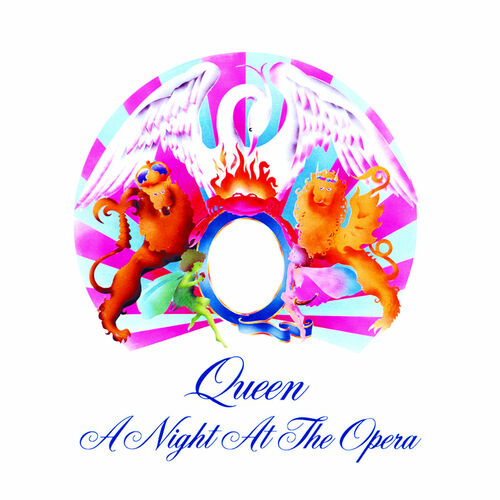
Hērā would swing between saving mother and angry avenger. This act of loving maternalism, however, would be followed by an explosion from her breast that created the milky way in the heavens and a future of tormenting Hēraklēs the remainder of his life.

On the other hand, according to one version of the myth, Hērā took maternal pity on Hēraklēs, whom she believed to be an abandoned child, and breastfed him. Her murderous rage found its most frequent victims in Zeus’s lovers and the offspring of his affairs, including Semele, Dionysis, and many others. The emotionally labile and vengeful goddess hated and sought to destroy an entire people of Trojans solely for being spurned by their prince in a beauty contest. These associations can be seen in the construct of the goddess Hērā. When Sarastro, High Priest of the Sun, speaks to Pamina, the Queen of the Night’s daughter, he almost quotes Aristotle: “Ein Mann muss eure Herzen leiten, Denn ohne ihn pflegt jedes Weib Aus seinem Wirkungskreis zu schreiten.” Translated: ‘a man has to lead your heart because without a man, every woman tends to step out of her sphere’. Aristotle felt that the deliberative faculty in women is ‘without authority’ or akuron, so that women needed to be under the stabilizing and steering influence of men. Their anatomy suited them to the gestation and suckling of motherhood and there was little need for them to pursue other roles. Although Plato was more enlightened about the potential idea of female equality, in Politics Aristotle wrote “as regards the sexes, the male is by nature superior and the female inferior, the male ruler and the female subject.” Women were biologically “mutilated males” who must be kept under male rule and protection as they lack not only physical strength, but mastery of their own emotions.

This duality of loving maternalism and uncontrollable, vengeful rage comes through in the marked juxtaposition of the Queen of the Night’s two signature arias, “O Zittre Nicht, Mein Lieber Sohn” and “Der Hölle Rache.” 2.

Specifically, in the personae of Hērā and the Queen of the Night, we see classical and neo-classical conceptions of femininity including motherhood, capricious and unpredictable emotionality, melancholy, raging temper, and jealousy. A longstanding fascination with the classical period and of classical mythology is obvious in other Mozartean operas, including Apollo et Hyacinthus (composed at age eleven), La Clemenza di Tito, and Idomeneo, Re di Creta. It is not surprising then to see parallel traits in the mythological construct of Hērā, Queen of the Gods, and the Queen of the Night from Mozart’s hugely popular opera, The Magic Flute. Concepts of femininity from the Classical period pervade deeply through the Classical era of classical music, latter epitomized by the composer, Wolfgang Amadeus Mozart.


 0 kommentar(er)
0 kommentar(er)
